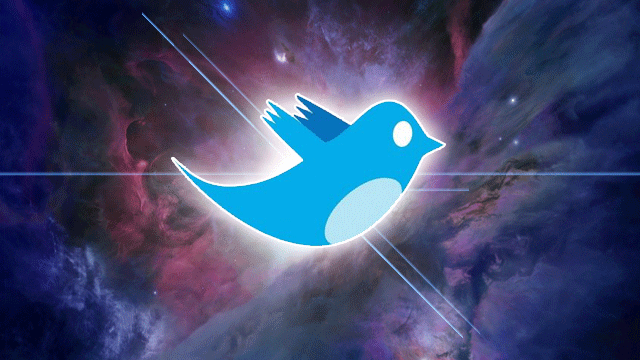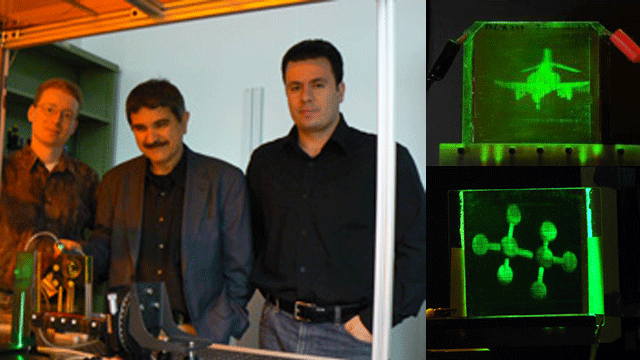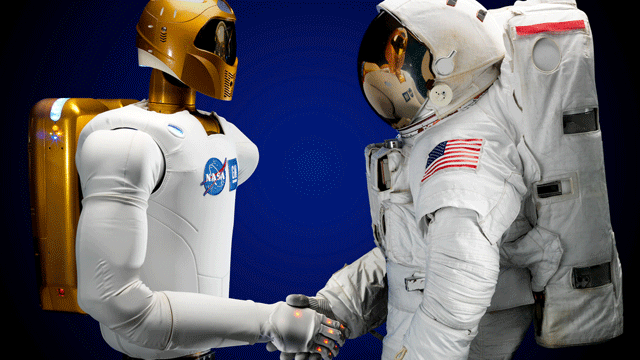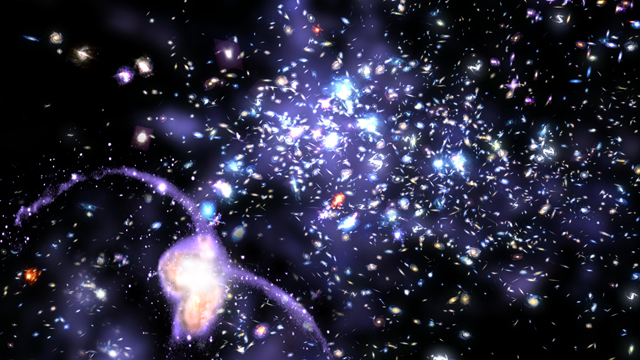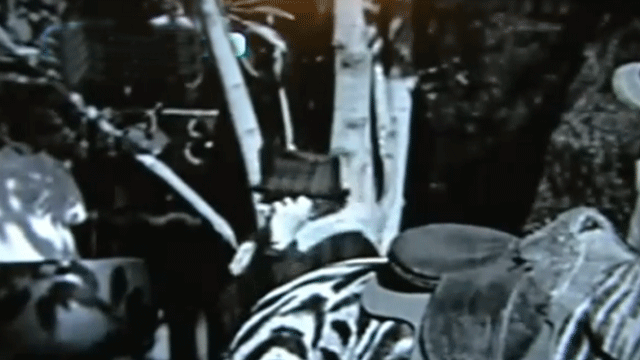Michio Kaku
Professor of Theoretical Physics
Dr. Michio Kaku is the co-founder of string field theory, and is one of the most widely recognized scientists in the world today. He has written 4 New York Times Best Sellers, is the science correspondent for CBS This Morning and has hosted numerous science specials for BBC-TV, the Discovery/Science Channel. His radio show broadcasts to 100 radio stations every week. Dr. Kaku holds the Henry Semat Chair and Professorship in theoretical physics at the City College of New York (CUNY), where he has taught for over 25 years. He has also been a visiting professor at the Institute for Advanced Study as well as New York University (NYU).AsianBoston / Rob Klein

On the 9th of December, Astronomers Madhusudhan, Harrington and colleagues recently discovered a massive gas giant planet, orbiting a star which they have coined the first carbon-rich world ever observed. […]
Recently, I had the rare opportunity to be on both The Colbert Report and the Conan show. As you can imagine, we had a madcap, hilarious romp through time travel, […]
Yesterday, SpaceX became the very first commercial company in history to re-enter spacecraft from low-Earth orbit. Another first was on November 23rd when the Federal Aviation Administration (FAA) issued a […]
Every once in a while, scientists come up with an clever idea that is so novel and unexpected that it catches you by surprise. The idea by itself may not […]
Scientists always say that fusion is 20 years away, but this time the physicist says it’s for real.
While we still haven’t quite discovered the fabled Fountain of Youth, a major breakthrough was recently made toward the goal of eternal life. Scientists at Harvard Medical School have discovered […]
A firestorm of speculation has been generated by a notice from NASA announcing a major discovery in the field of astrobiology, to be released today at 2 p.m. According to […]
Graphene is in incredibly strong, one-molecule thick layer of carbon atoms that could someday be used to create life-sustaining nanorobots.
Super-powerful desktop computers, video game systems, cars, iPads, iPods, tablet computers, cellular phones, microwave ovens, high-def television… Most of the luxuries we enjoy during our daily lives are a result […]
How can an entire universe come out of nothing? This would seem to violate the conservation of matter and energy, but Michio Kaku explains the answer.
Technology already allows for primitive versions of superhuman abilities. One day we might also have contact lenses that allow us to surf the Internet and see infrared radiation.
Scientists at CERN laboratory in Switzerland scored a major breakthough recently when they trapped atoms of anti-matter for the first time in history. Fans of Star Trek know the potential […]
Every Wednesday, Michio Kaku will be answering reader questions about physics and futuristic science. If you have a question for Dr. Kaku, just post it in the comments section below […]
Today’s robots are less intelligent than cockroaches, but advances in quantum computing—transferring information using atoms rather than silicon—could revolutionize the field of AI.
Private industry and militaries around the world depend on the continued advancement of computer power and cheaper electronics for the development of robotic systems. Every time you turn on the […]
In response to reader requests, you are now able to follow Dr. Kaku’s Universe on our new Twitter Account @DrKakusUniverse where you can receive updates on new blog entries the […]
Each sport is governed by different sets of rules, and those that use balls each have different specifications for their equipment.
For decades, holograms have been seen largely on the screen, in sci-fi movies and TV shows like “Star Wars” and “Star Trek.” The famed holodeck on “Star Trek” was used […]
The physicist explains why other universes in the mulitverse could have many more dimensions—and could comprise Einstein’s “Mind of God.”
One frequent question I get is whether we can break the light barrier—because unless we can break the light barrier, the distant stars will always be unreachable.
The recent shuttle launch has a strange passenger: a 330-pound humanoid robot called Robonaut 2, or R2 for short. It’s the first humanoid robot to be sent into space, and […]
Imagine just for a moment; a floating, orbiting and operational laboratory holding several crew members at any given time, weighing over 900,000 lbs. It’s over 350 feet wide, with solar […]
Could the power of gravity be harnessed as a means of nearly instantaneous communication between planets—and even galaxies?
It seems that every year or so, the unveiling and delivery of a new supercomputer that trumps the previous speed record sweeps the headlines. In fact, there are so many […]
Recently, I’ve been getting calls from the media, asking me about the 1928 Charlie Chaplin movie which shows a person talking into what appears to be a cell phone. How […]
It initially cost $3 billion to fully sequence all of the 25,000 or so genes that describe a human being. The resulting data is essentially an “owner’s manual” for our […]
The physicist scoffed at the idea of quantum entanglement, calling it “spooky action at a distance. And while it has in fact been proven to exist, this entanglement can’t be used to transmit any usable information.
Breaking the analog world into zeros and ones results in some loss of information, but it allows for an infinite number of exact replications.
▸
3 min
—
with
Because of the wave nature of matter, there is a finite possibility—albeit a minuscule one—that you could go to bed on Earth and wake up the next morning on Mars.
▸
5 min
—
with
If we were able to move our brains, neuron-for-neuron, into a robot, would we still be the same person?
▸
4 min
—
with















